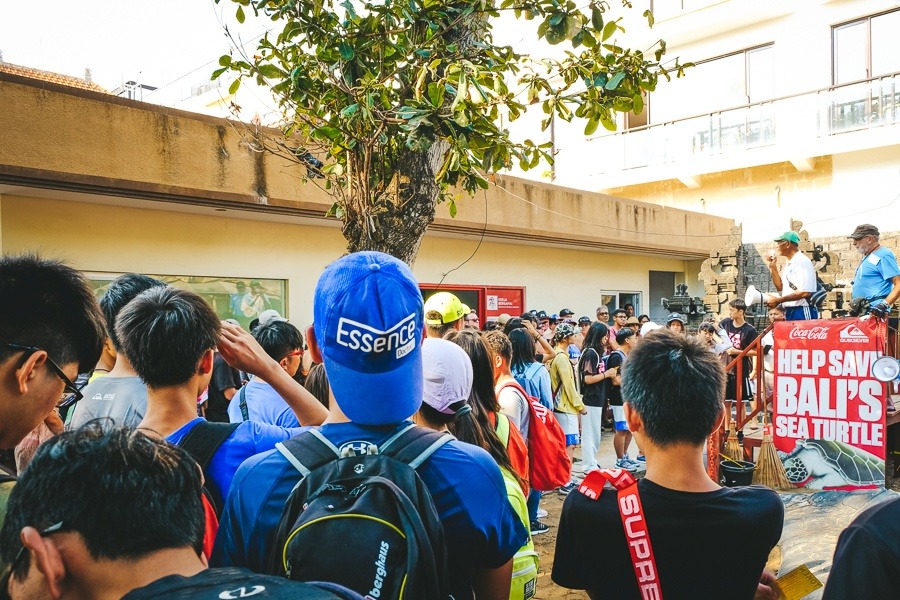When you think of Bali, what are the first images that come to mind? Lush rice terraces, vibrant markets, stunning beaches? While all of these are undoubtedly enchanting, there’s a deeper layer to Balinese culture that mesmerizes the heart and soul – the traditional dances of Ubud. As someone who has wandered through the bustling streets of Ubud, watched a traditional dance unfold, and felt the pulse of its cultural significance, I can confidently say that experiencing Ubud traditional dance is like stepping into a living tapestry of history, spirituality, and community.
The Heartbeat of Balinese Culture
Let’s begin with the essence of what traditional dance in Ubud represents. These dances are not merely performances; they are a profound expression of Balinese spirituality, storytelling, and communal identity. Each movement and gesture holds layers of meaning that reflect centuries of tradition. For instance, I remember sitting on a wooden bench in the Ubud Palace, the air thick with the scent of incense and the sounds of gamelan music swirling around me. As the dancers took the stage, adorned in vibrant costumes adorned with gold and intricate patterns, I felt an ancient story come to life.
Stories in Motion: Narative and Mythology
A striking example is the *Kecak Dance*, which tells the story of the Ramayana, a major epic in Hindu mythology. The way the male chorus creates sound with their rhythmic chanting is captivating. It feels like you’re enveloped in a sacred ritual, one that has been passed down through generations. Each narrative dance not only entertains but also educates the audience about moral values and cultural beliefs.
During one performance, as I watched a dancer embody the character of Sita, I could sense the emotions of her separation from Rama. Those exaggerated facial expressions, known as *sinetron melu*, resonated deeply with me. Suddenly, I was not just a spectator; I was part of a collective memory that spanned across centuries.
Expressing Community and Identity
Ubud’s traditional dances also highlight the importance of community. In Bali, most dances are performed during temple ceremonies or village celebrations. Everyone participates, whether they are dancing, playing instruments, or simply supporting their friends and family. Witnessing this firsthand was an eye-opener for me. At one community festival, I saw children as young as five participating alongside elders in intricate dances.
This practice strengthens familial bonds and community ties, reinforcing a shared cultural identity. It reminds me of the local saying, “Variety is the spice of life.” When these dances are performed, it becomes evident how diversity in performance styles reflects the variations in culture amongst the Balinese people.
The Role of Women in Dance
Speaking of community, let’s take a moment to appreciate the role of women in these dances. Typically, female dancers portray grace and elegance, and their movements are often slower and more fluid compared to their male counterparts. Watching a *Legong* dance, where the female dancer perfectly mimics a flower’s bloom with her delicate hand gestures, was truly mesmerizing. I remember thinking about the rich symbolism of femininity portrayed in this dance – the resilience, beauty, and nurturing nature of Balinese women celebrated in front of all.
Engaging With Local Culture: Practical Advice
If you’re considering diving deeper into Balinese culture through Ubud’s traditional dances, here are some practical tips to make the most of your experience:
1. Attend Performances at the Ubud Palace: While there are many venues showcasing traditional dance in Ubud, the palace provides an authentic setting. Make sure to check their schedule in advance – performances typically happen multiple times a week.
2. Participate in Workshops: Engage with the community by partaking in dance workshops. It’s a fun way to learn about the intricacies of movement and its cultural significance, and you may even find yourself dancing alongside locals!
3. Ask Questions: During performances or afterwards, don’t hesitate to engage with the dancers or local guides. Their knowledge and personal anecdotes will enrich your understanding of the dances.
4. Respect the Traditions: While enjoying the performance, remember that it’s a sacred representation of culture. Keep your phones discreet, dress respectfully, and soak in the moment without distraction.
Final Thoughts: Embracing the Experience
Experiencing Ubud traditional dance is more than just watching a performance; it’s about connecting with the heart of Balinese culture. As I reflect on my time in Ubud, surrounded by beauty and tradition, I realize that these dances offer us a glimpse into what it means to live in harmony with one’s culture and community. Whether you’re a seasoned traveler or planning your first trip to Bali, making an effort to witness and understand the cultural significance of traditional dance in Ubud will forever enrich your visit. After all, every dance tells a story, and each of us carries our own stories, waiting to intertwine with others in a celebration of life and culture. So, pack your bags, embrace the journey, and let the rhythm of Ubud guide you!






